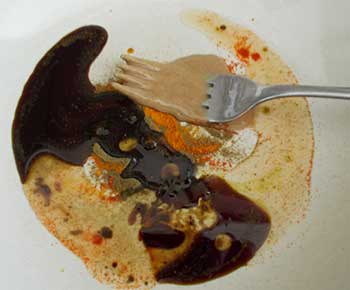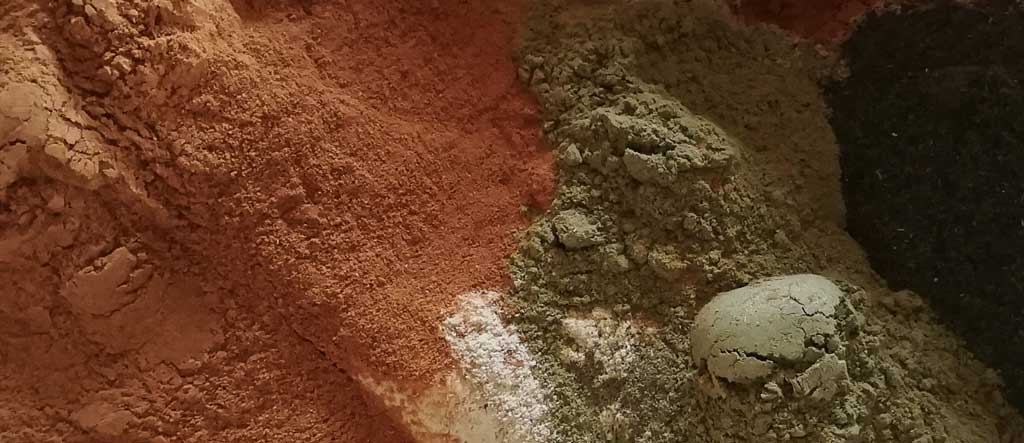 Food additives refer to substances that are not normally consumed as a food by itself, and not usually characterised as a food ingredient, Generally food additives are used in the preparation of foods for purposes other than their nutritive value, such as food preservation, added flavour, colour or texture enhancement.
Food additives refer to substances that are not normally consumed as a food by itself, and not usually characterised as a food ingredient, Generally food additives are used in the preparation of foods for purposes other than their nutritive value, such as food preservation, added flavour, colour or texture enhancement.
Some food additives sound scary, but aren’t! Not all complicated sounding ingredients are bad for us. Common food additives that still meet the standard for clean eating include:
Sodium Bicarbonate: aka Baking soda!
Used in baked goods or as an anti-caking agent in powdered ingredients,
Mono-calcium Phosphate: Non-aluminium baking powder.
Used in baked goods or as a gelling agent in canned fruits and vegetables.
Xanthan Gum – is derived from fermented plant fibres
It is a thickener and stabiliser found in powdered beverage mixes, and is used in gluten-free baking to mimic the binding characteristics of gluten. It gives structure and moisture to flours that would otherwise crumble.
Malic Acid – is derived from tart fruits
It helps prevent spoilage and maintain pH. It’s often combined with citric acid to add tartness.
Citric Acid – found naturally in many fruits
It is used to prevent spoilage, discolouration and to maintain pH balance. A common example is when we squeeze lemon juice on salads to prevent browning. Citric acid is derived by fermenting plant sugars.
Calcium Chloride
Used for texture and salty flavour without added sodium.
Related post: 5 food additives to avoid
To read about EU food additives click here.
